Gardenia jasmine requires special care
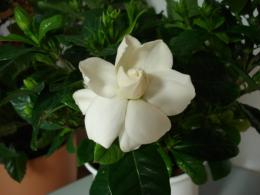
Japanese beauty is what gardeners affectionately call jasmine gardenia (it should not be confused with hydrangea). This is a very beautiful plant with a simply intoxicating aroma, which is why people are often afraid to plant this flower. But in the interior, among flowering plants, gardenia simply has no equal.
As is clear from the above, gardenia jasminoides came to us from distant Japan. There this plant grows in natural conditions and is a shrub reaching a height of one and a half meters. The flowers, most often white, double or single, can reach 10 cm in diameter.
Unfortunately, gardenia jasmine is a very finicky plant. She is capricious and demanding of care. For example, gardenia does not like sudden temperature changes. The temperature range in which the flower feels good is from 15°C to 25°C. Moreover, special attention should be paid to gardenia in winter, since it is at this time that the roots often freeze. To avoid this, do not place the flower on a cold windowsill.
Gardenia jasminoides makes a considerable demand and to air humidity. Moreover, she doesn’t really like spraying. Experienced gardeners use wet pebbles: a flower pot is placed in a tray filled with constantly moistened pebbles or expanded clay.
Gardenias should also be watered with caution. You need to use warm water. Watering should be plentiful, but water should not stagnate in the pan. Particular attention should be paid to the condition of the soil during flowering.
Particular attention should be paid to pruning gardenias. To obtain a lush and beautiful young bush, it is recommended to pinch the tops of the shoots. In adult plants, after flowering, weak shoots should be removed, and the remaining shoots should be cut to the required length - usually cut by 1/3.

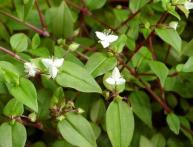



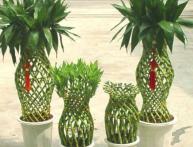
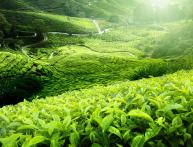
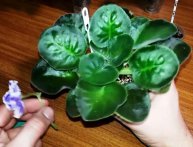
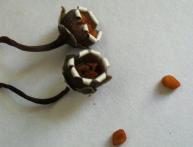
Comments
A friend’s interior is made in an oriental style, and there is a jasmine gardenia on the windowsill. It looks simply gorgeous!
But, unfortunately, my gardenias don’t live (((It seems like I’m doing everything right, but they not only don’t bloom, but also die after some time. Apparently “not for home.”